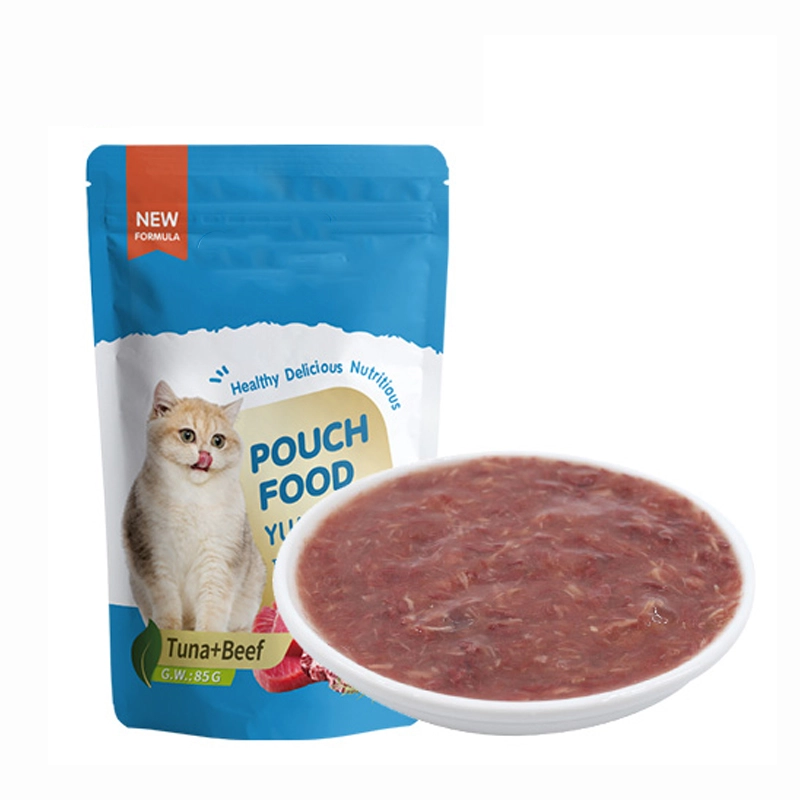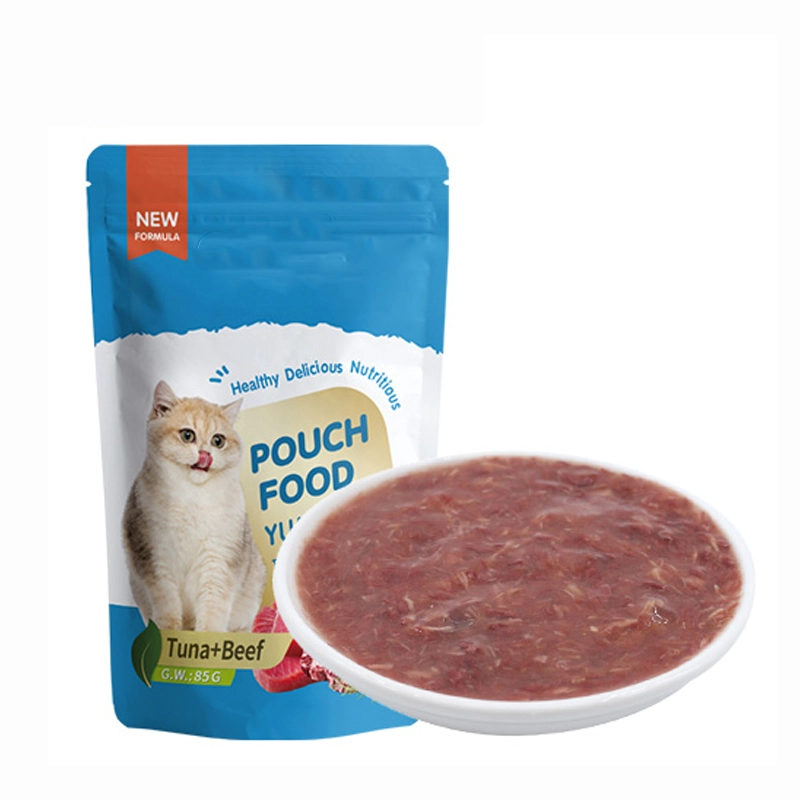pet treats
Pet treats have evolved from simple indulgences to sophisticated products tailored to the specific needs and desires of our cherished animal companions. Whether you own a dog, cat, or even a small animal like a guinea pig, understanding the different types of pet treats available and their benefits is crucial in making the right choices.

One of the key factors to consider when selecting pet treats is the ingredient list. High-quality pet treats often incorporate real meat and wholesome ingredients, aligning with a pet's natural diet. Experts recommend avoiding treats with artificial preservatives, colors, and flavors. The presence of real, identifiable proteins is crucial not only for the treat's nutritional value but also for its taste appeal.
Many pet owners are becoming more informed and cautious about their pets' eating habits, which has spurred the rise of functional treats. These are treats crafted to address specific health concerns like dental hygiene, joint health, or digestive issues. For instance, treats infused with Omega-3 fatty acids can promote skin and coat health, while those with glucosamine and chondroitin are effective in supporting joint function in older pets.

In addition to functional ingredients, organic and sustainably sourced treats have become increasingly popular. The essence of feeding pets organic treats lies in the guarantee that they are free of pesticides, hormones, and antibiotics, reducing the exposure to harmful substances. Similarly, sustainably sourced treats ensure that the production process is environmentally friendly, promoting an eco-conscious lifestyle even in pet care.
A great emphasis on natural ingredients and sustainable practices not only nourishes your pet but also supports an industry shift towards more responsible and humane practices. This reflects an increasing trust in brands that prioritize animal welfare and environmental considerations.
pet treats
Another critical aspect to consider is the portion size and frequency of treat consumption. Pet nutritionists and veterinarians assert that treats should not exceed 10% of a pet's caloric intake. Monitoring the quantity is vital as overindulgence can lead to obesity and associated health problems. Therefore, it is essential to select appropriate-sized treats and consult with a veterinarian if unsure about the suitable treat quantity for your pet.
While treats are often synonymous with spoiling our furry friends, they also serve as excellent training tools. High-reward treats, which are soft and potent smelling, are particularly effective in this role. They can be used to reinforce positive behavior and manage troublesome habits, making them invaluable in a pet owner's toolkit.
Despite the abundance of treat options available, consumer trust largely hinges on a brand’s transparency and reliability. Companies that are open about their manufacturing processes, ingredient sourcing, and quality control standards often stand out as trustworthy. Certifications from reputable organizations further bolster a brand's credibility, assuring pet owners about the product's safety and efficacy.
In summary, selecting the right pet treats is a multifaceted decision. It entails understanding the nutritional content, functional benefits, and the brand's ethical stance. By integrating these elements into your selection process, you will ensure that your pet not only enjoys these treats but also gains significant health benefits from them. As the pet treat industry continues to innovate, staying informed will empower you to make choices that reflect experience, expertise, authoritativeness, and trustworthiness.







